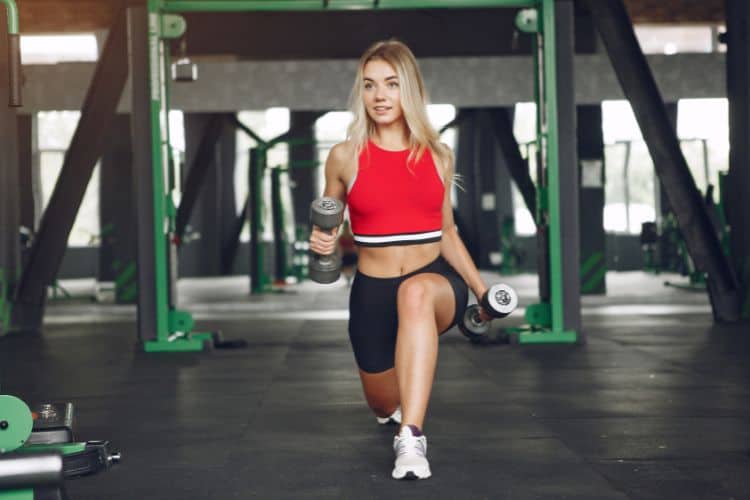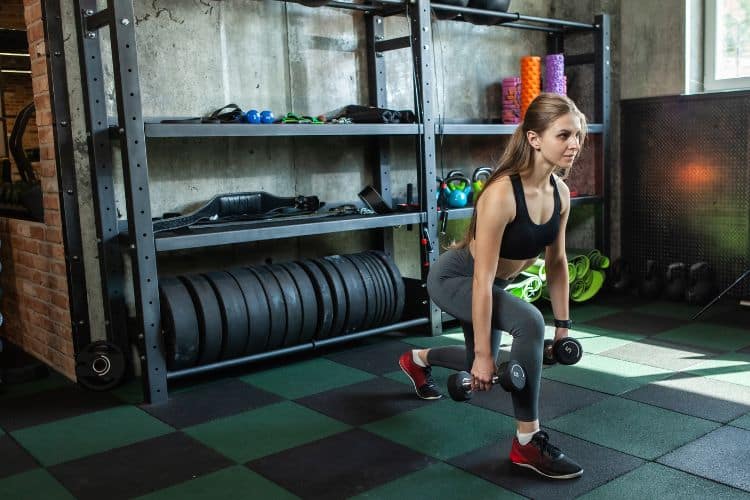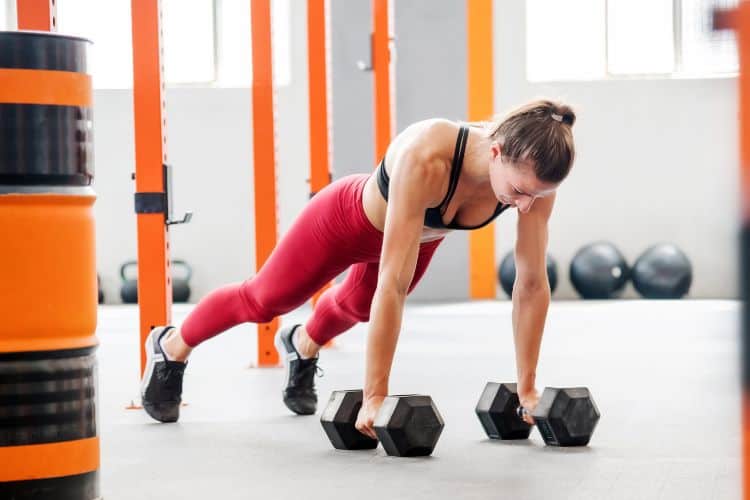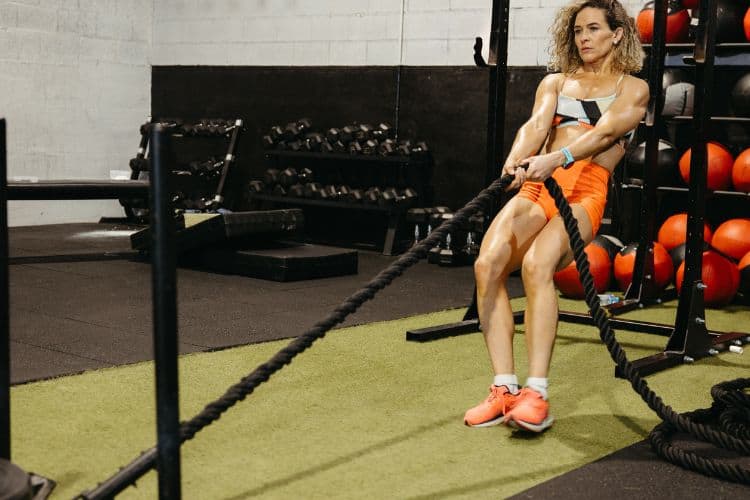Sign up for workout ideas, training advice, reviews of the latest gear and more.






As women cross the age of 40, fitness priorities often shift. With hormonal changes, slower metabolism, and a higher risk of age-related health issues, staying active becomes essential—not just for aesthetics, but for long-term health. One of the most efficient and results-driven exercise methods available is High-Intensity Interval Training (HIIT). This blog post explores how HIIT workouts for women over 40 can be a game-changer for fat loss, muscle retention, energy, and overall wellness. Plus, we’ll walk you through effective routines, safety tips, and how to get started.
HIIT is a training technique that alternates short bursts of intense exercise with brief recovery periods. These workouts usually last between 15 to 30 minutes and are known to elevate your heart rate quickly and effectively.
The biggest benefit? Post-exercise calorie burn. Also known as excess post-exercise oxygen consumption (EPOC), this effect helps you burn calories even after the workout is over.
Women in their 40s face unique fitness challenges:
HIIT addresses all of these. It helps increase metabolic rate, preserve lean muscle, improve insulin sensitivity, and promote heart health—all crucial factors after 40.
HIIT maximizes calorie burn in a short amount of time, making it ideal for busy schedules. Studies show HIIT burns more fat than steady-state cardio while preserving muscle.
Unlike long-duration cardio that can lead to muscle loss, HIIT helps maintain and even build lean muscle, especially when combined with resistance exercises.
HIIT stimulates the production of growth hormone and supports insulin regulation—both of which can get out of balance during menopause and perimenopause.
High-impact movements in HIIT such as jumping, squatting, or sprinting can help improve bone density, combating age-related bone loss.
HIIT boosts endorphins, reduces anxiety, and enhances energy levels—essential for women managing work, family, and hormonal shifts.
Before jumping into HIIT, it’s essential to take some precautions:
If you have joint issues, cardiovascular conditions, or are new to exercise, get medical clearance first.
Never prioritize speed over form. Proper alignment prevents injuries and maximizes effectiveness.
Always start with a 5–10 minute warm-up and end with a 5-minute cool-down to protect joints and improve recovery.
If you’re dealing with joint sensitivity or recovering from an injury, opt for low-impact HIIT exercises like marching, step-ups, or air squats.
A good starting point is 2–3 HIIT sessions per week, allowing at least one rest or active recovery day between sessions. Overtraining can lead to fatigue and hormonal imbalances—something women over 40 should avoid.
Here are a few beginner-to-intermediate routines designed specifically for women over 40.
Equipment: None
Time: 20 minutes
Format: 40 seconds work / 20 seconds rest
Circuit (Repeat 3–4 Rounds):
Cool Down:
– Gentle hamstring and quad stretches
– Deep breathing (2–3 minutes)
Equipment: Dumbbells (light to moderate)
Time: 30 minutes
Format: 45 seconds work / 15 seconds rest
Warm-Up:
– Arm circles, bodyweight squats, walking lunges (5 minutes)
Circuit (Repeat 3 Times):
Cool Down:
– Child’s pose
– Seated forward fold
– Neck rolls
Time: 15 minutes
Equipment: Bodyweight
Format: 30 seconds work / 15 seconds rest
Circuit (Repeat 3 Rounds):
Cool Down:
– Shoulder stretches
– Standing hamstring stretch
For women dealing with knee pain, arthritis, or recovering from injuries, here are low-impact HIIT alternatives:
Nutrition plays a critical role in recovery and performance. Women over 40 especially need to prioritize:
Aim for 20–30g of protein per meal to support muscle recovery and hormone production.
Drink water before, during, and after HIIT. Dehydration can worsen fatigue and joint stiffness.
Include omega-3 fatty acids, leafy greens, berries, and turmeric to help reduce inflammation and support joint health.
A banana with nut butter or a small protein shake 30–60 minutes before HIIT can fuel your workout and improve energy levels.
Recovery is as important as the workout itself. Here’s how to optimize it:
Aim for 7–9 hours of quality sleep to allow muscles and hormones to recover properly.
Use static stretching and foam rolling to reduce soreness and maintain flexibility.
At least 1–2 rest days per week are essential. Active recovery like yoga or walking can be beneficial.
Don’t push through chronic fatigue or pain. Adjust your schedule to fit your energy and recovery needs.
Consistency is the key to results. Here’s how to keep going:
Focus on strength, energy, and endurance rather than weight loss alone.
Use a journal or app to log your workouts, reps, and how you feel afterward.
Find a local class, online group, or accountability buddy who shares your goals.
Rotate exercises or styles (e.g., resistance HIIT, cardio HIIT, circuit HIIT) to prevent boredom.
Turning 40 doesn’t mean slowing down—it means training smarter. HIIT workouts offer the perfect blend of intensity, efficiency, and adaptability to help women over 40 burn fat, boost energy, build strength, and feel empowered.
Whether you’re just starting or looking to revamp your routine, adding 2–3 weekly HIIT sessions can revolutionize your fitness and well-being.
Want more effective workouts? Follow us for fitness tips, free workout plans, and healthy lifestyle inspiration!
Stay up to date on the latest women’s health, fitness and lifestyle trends and tips.